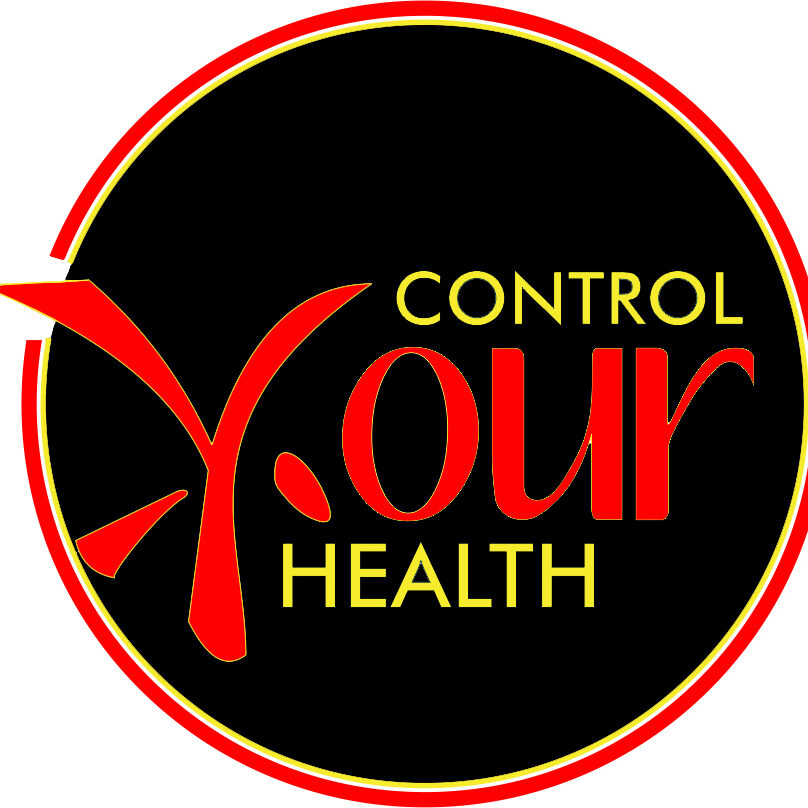As a kid, I remember a time where my father was interested in the guitar. I don’t remember him actually playing the guitar, but he was always tinkering with it, buying strings, and trying to get it in tune.
That poor guitar was the victim of four young boys using it for everything other than music. It was a toy machine gun, a battle axe, and even a trampoline!
If you’ve ever played a musical instrument (I haven’t), knowing how to get it in tune is necessary.
Or so I’ve heard!
How about getting your body in tune? When your body struggles with all the common, nagging discomforts of modern day living, are you able to identify the victim and the culprit?
I know what you’re thinking, “Victim and culprit? What you talking bout, Willis?”
I’m sure it’s no surprise to you, that millions of people complain of lower back pain. I have clients who were afraid of doing an exercise due to lower back “issues.”
Their history is filled with visits to the doctor, a variety of pain medications, and even surgery.
“My lower back pain isn’t my fault, it’s genetic. I always had problems there. I just have a weak and tight back.”
But is your lower back the culprit?
Functional Movement expert Gray Cook has an excellent way of thinking about this he calls, the victim and the culprit.
Most of us are not in tune with our bodies. We are unaware of what areas are truly the tight or stiff regions, and blame our back as the culprit.
“They will more often complain of the stiff and sore back than the significant mobility restrictions in their hips. However, if we tested both the hips and spine for mobility, they might be surprised to find the actual mobility of the back is closer to optimal than are the hips.
In this all-too-common example, the back is the overworked victim, not the slacker causing the primary problem. The hips are further from optimal mobility than the back and therefore are a larger problem.
The back must bend a little more, twist a little further, and actually give up some reflex stability to allow postural control and movement patterns.” Excerpt From: Gray Cook. “Movement.”
In other words…
Sitting all day at work, in your car, and then at home causes the hips to be tight when they should be mobile. In the all too common sitting position, the upper back (thoracic spine) also tightens and rounds forward, losing its mobility.
Now this mobility has to go somewhere, and so enters the “victim” in our story. The lower back (lumbar spine). End scene, cue the orchestra.
If that sounds like you, don’t accept daily back discomfort as your fate. Stop being the victim and learn how to tune your body.
It should go without saying… If you suffer from persistent and chronic pain, or if just moving around hurts, please go see a qualified medical professional!
That being said, my recommendation is to add small movement snacks throughout the day.
First, set a baseline position.
Certified Strength and Conditioning Specialist, SFG Instructor, FRCms, and Orlando Personal Trainer, Oscar Agramonte shows how to set a baseline position for movement. Start on the floor to get your breathing down and calm the nervous system. Then start moving into more challenging positions while keeping your baseline.
Second, choose a movement that addresses the problem. I like this lunge stretch with t-spine mobility to get the hips and upper back loose.
Certified Strength and Conditioning Specialist, SFG Instructor and Orlando Personal Trainer, Oscar Agramonte shows how to perform the deep lunge with rotation. This video is about the lunge stretch with T-spine mobility. Shins stay vertical, back leg is straight, back if flat in neutral position, breathe into the hips, eyes follow the outside hand as it moves up and down.
Try doing this throughout the day for a week and then see how that “tight” back feels. A similar approach can be used for other parts of the body.
I’ve had clients with knee problems return to their activity of choice after addressing tight ankles.
The practice of tuning in to your body can happen when you do any movement.
It’s an opportunity to teach the brain how to move better. The goal is to know and trust your body’s ability to do things without hurting yourself.
Sometimes a simple stretch will help and sometimes it won’t. You might have to stop eating inflammatory foods and drop some weight in order to get relief.
Or maybe the problem is running more than 20 miles a week with a heel strike.
Sometimes you will have to ask for help from a professional (see above!).
The point is that if you try one thing and it doesn’t work, don’t give up and and wait for things to magically get better.
Do what my father did when working on his guitar. Curse a little bit, take a deep breath to set your baseline, and then get back to tuning.
He couldn’t afford a new guitar, and you can’t buy a new body
-Oscar
Wah Lum Kung Fu and Tai Chi
Control Your Health
If you enjoyed the post, share it!
Need any help achieving your health and fitness goals? Send us a text message at 407-796-1781!
Control Your Health, Get FIT for LIFE.
Personal training programs in Orlando.
Want to get all of our blog posts delivered to your email with a taste of Wah Lum Kung Fu and Tai Chi? Sign up HERE!

